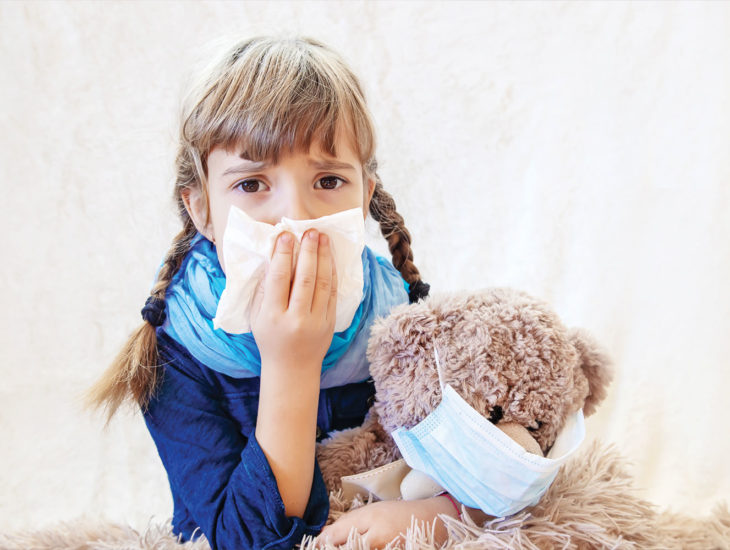
Nicholls Give Local Elementary School Children First-Hand Look at Barrier Island Ecology
February 1, 2019
Tannenbäume and Küste
February 1, 2019Cough. Runny nose. Fever. All hallmark signs of the flu. When your child starts with these symptoms, it is a valid concern. The 2018-2019 flu season has, up to this point, been much milder than last year. The 2017-2018 flu season started earlier and lasted nearly six months. This year has had a later start but certainly has peaked in the past few weeks. There are ways to help keep your family as healthy as possible and decrease your chances of catching the flu.
First is to receive the recommended flu vaccine. Since last year’s flu season was so heavy and long lasting, this season’s flu shot has been the most effective made in a few years. Although it is no guarantee that you will not get the flu, receiving the vaccine does diminish the symptoms of the flu and can help shorten the duration. Secondly, good handwashing is a great way to decrease your chances of getting the flu as well. A good scrub with warm water and anti-bacterial soap is essential. If soap and water are not available, then an anti-bacterial hand sanitizer is your best bet.
Diagnosing the flu can sometimes be elusive. If the patient is swabbed for it shortly after symptoms begin, a false negative result can happen. However, treatment with anti-viral medications must begin within 48 hours of symptoms. If your child is positive, there are options for treating the flu. First is Tamiflu, a prescriptive anti-viral medication specifically for the flu. It is the one of the only viral infections can that there is a medication for. Tamiflu is given twice a day for five days. It comes in capsules and a liquid form. The liquid has gotten the reputation for tasting pretty awful, so trickery may be needed for proper administration. New for this flu season is another anti-viral medication called Xofluza. This medication is different from Tamiflu as it is a one dose pill. However, at this time, it is only approved for children 12 years and older. Studies have shown that it greatly reduces symptoms in 24 to 48 hours. Along with these prescriptive medications, over the counter Tylenol (Acetaminophen) and Motrin (Ibuprofen) are recommended for the reduction in fever and body aches. Increasing the intake of fluids is essential to ensure proper hydration. While important on a daily basis, the body needs even more fluids in times of sickness and fever. Be sure that if your child is not eating, that he or she is at least drinking.
The most common symptom that presents and tends to linger is the cough. Along with Tylenol and Motrin, over the counter cold and cough medications can be given to help at any time during the treatment of the flu. It is not uncommon for the cough to linger for several weeks after the actual flu has run its course. Cough medications with narcotics in it are not recommended due to their actions of depressing the respiratory system. This can actually make your child worse. If at any time during treatment, your child develops worsening fever, breathing problems or is lethargic, it is essential to seek medical attention to rule out any secondary infections that may develop.
Overall, it is important to remain calm and treat the symptoms your child has. While inconvenient and time consuming, the majority of children get over the flu without any further problems. Further information can be found at cdc.gov or from your healthcare
provider. •
 Jennifer Rodrigue, APRN-Pediatric Nurse Practitioner, received her Bachelors degree in Nursing from Nicholls State University and her Masters degree in Nursing from the University of South Alabama. She currently practices at The Center for Pediatric and Adolescent Medicine. She lives in Thibodaux with her husband Jamie and their two children, Emeline and Benjamin.
Jennifer Rodrigue, APRN-Pediatric Nurse Practitioner, received her Bachelors degree in Nursing from Nicholls State University and her Masters degree in Nursing from the University of South Alabama. She currently practices at The Center for Pediatric and Adolescent Medicine. She lives in Thibodaux with her husband Jamie and their two children, Emeline and Benjamin.






